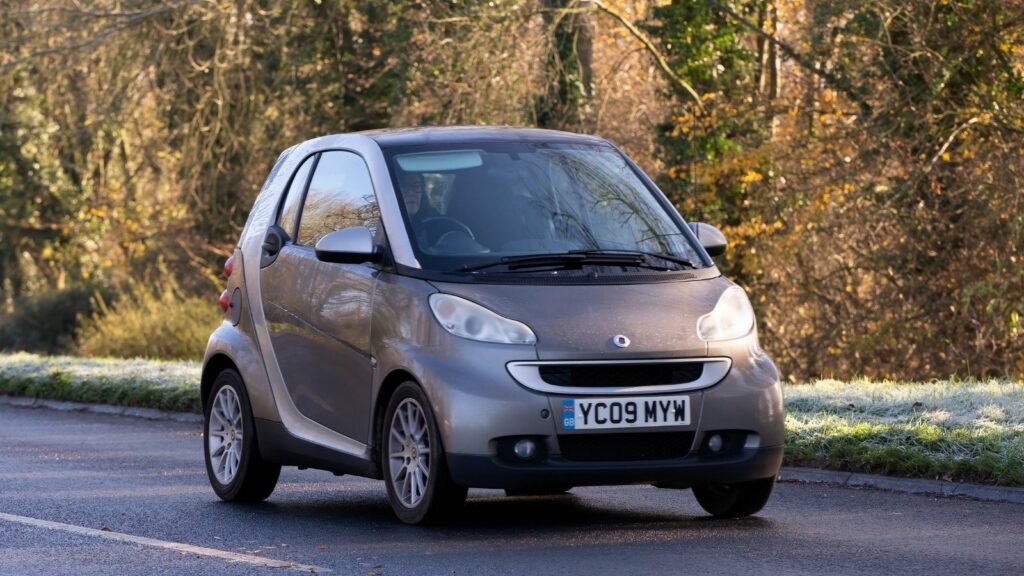The Canadian used car market has its ups and downs, but for some models, it’s downright brutal. No matter how low the price drops or how polished the ad looks, these vehicles just won’t move. Whether it’s because of high ownership costs, outdated designs, or reputations that drivers can’t forget, these cars have become the ones Canadians are desperate to unload, but nobody’s buying. Here are 22 used cars that dealers and owners alike can’t seem to sell, no matter how hard they try.
Chrysler 200
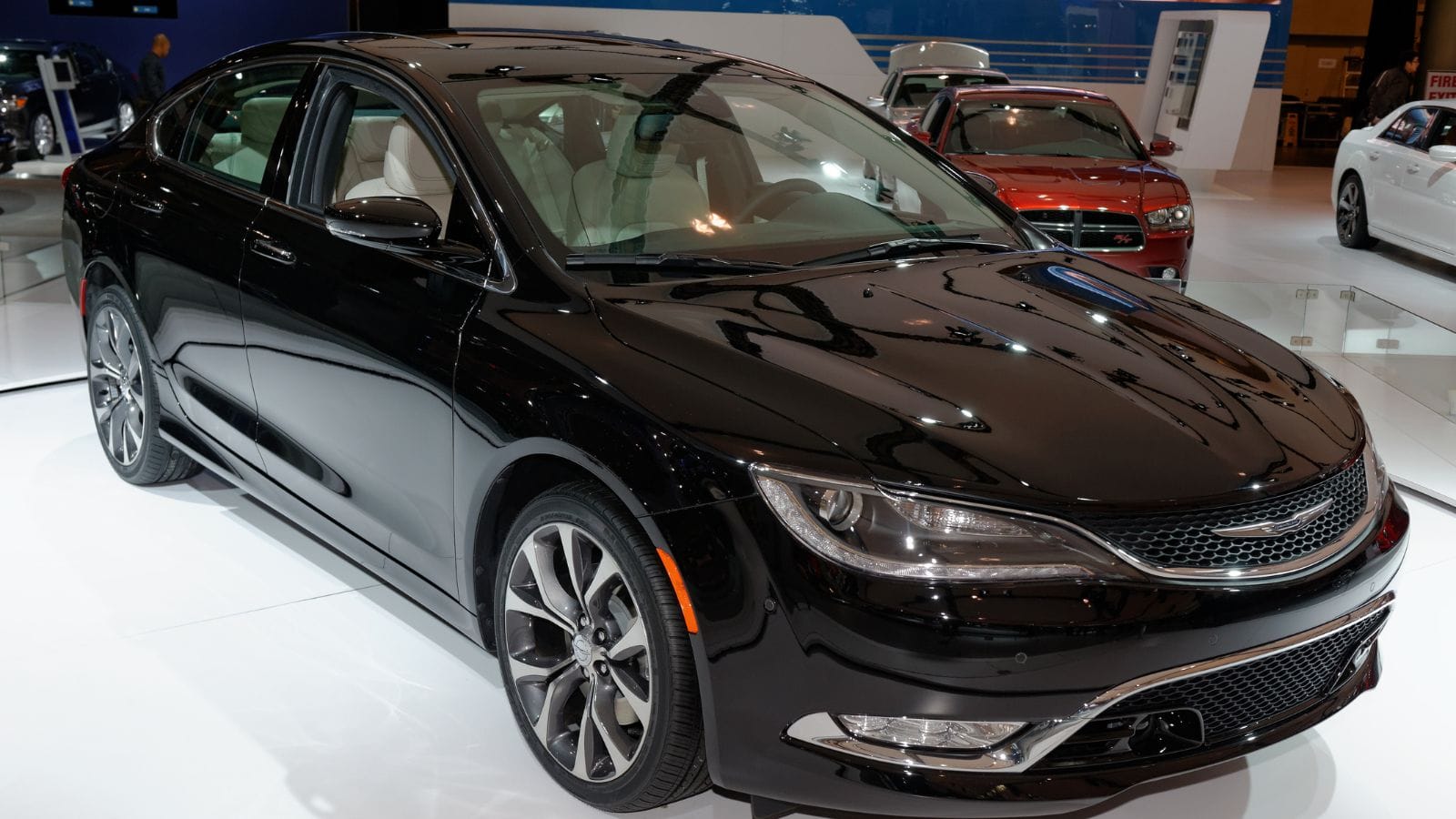
The Chrysler 200 once appealed to those seeking an affordable mid-size sedan with decent styling and available all-wheel drive. But its reputation for transmission problems and cramped rear seats has haunted the nameplate. After production ended in 2017, resale values plummeted. Mechanics report frequent issues with the 9-speed automatic transmission, frustrating both owners and potential buyers. Also, consumer trust hasn’t recovered, and its interior design, which once seemed modern, now feels dated compared to rivals.
Fiat 500L

The Fiat 500L’s quirky looks weren’t enough to compensate for its poor driving dynamics and reliability concerns. While the smaller Fiat 500 had a modest fanbase, the 500L’s awkward proportions and uninspiring performance turned many off. Reports of electrical issues and inconsistent build quality only made resale harder. Its resale value plummeted quickly, and its low demand means even significant discounts aren’t enough to move them off lots. For urban drivers seeking a compact car, there are numerous better options with stronger reputations, such as the Honda Fit and the Mazda3.
Dodge Dart
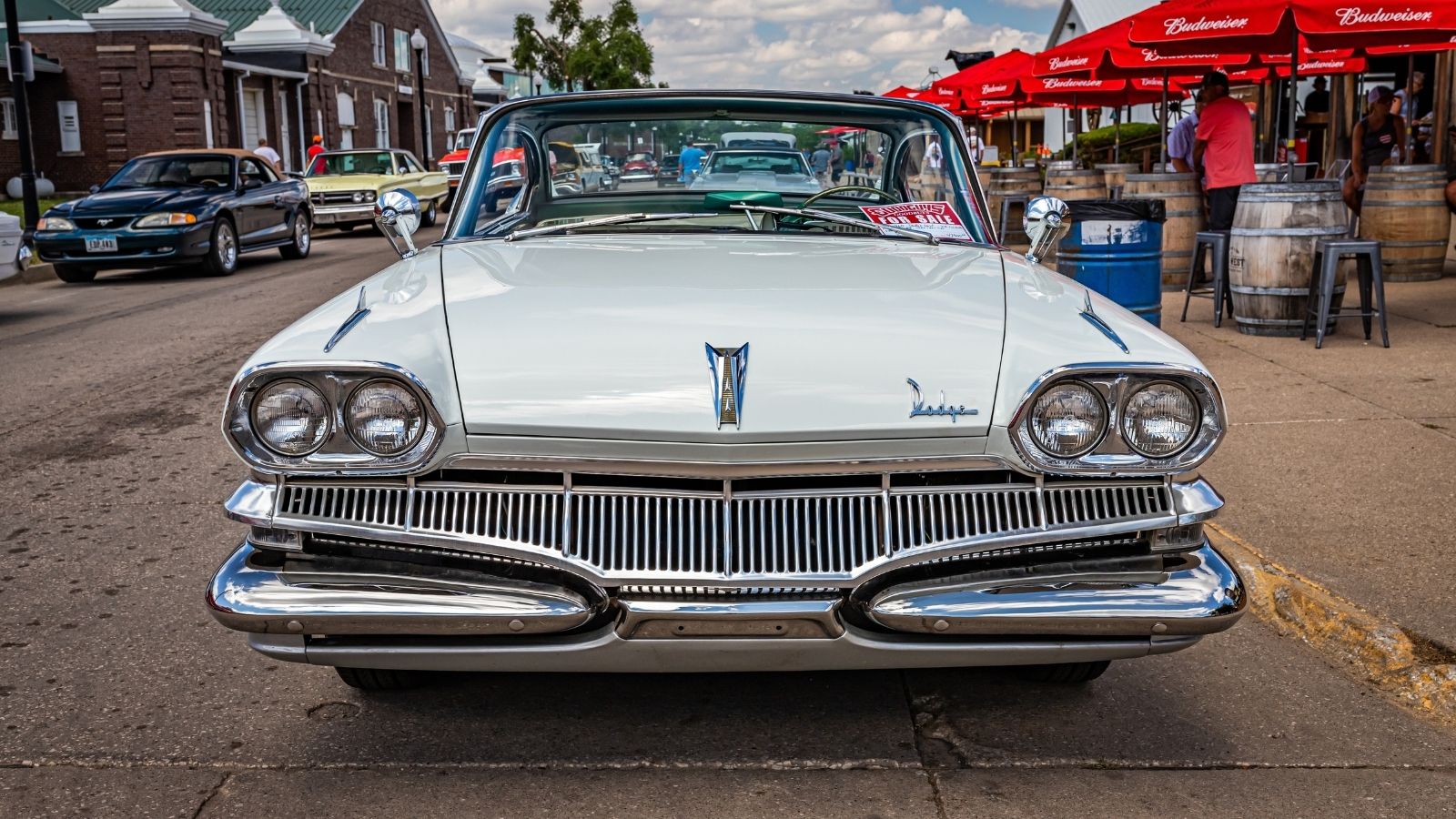
Revived for a brief run, the Dodge Dart aimed to recapture compact car buyers but failed to deliver long-term. Despite promising tech features and sporty trims, the Dart suffered from underwhelming engine choices and build quality complaints. Owners also flagged issues with its automatic transmission, and depreciation has been steep since it was discontinued in 2016. Its blend of sportiness and affordability wasn’t enough to overcome its long-term cost of ownership concerns.
Chevrolet Sonic
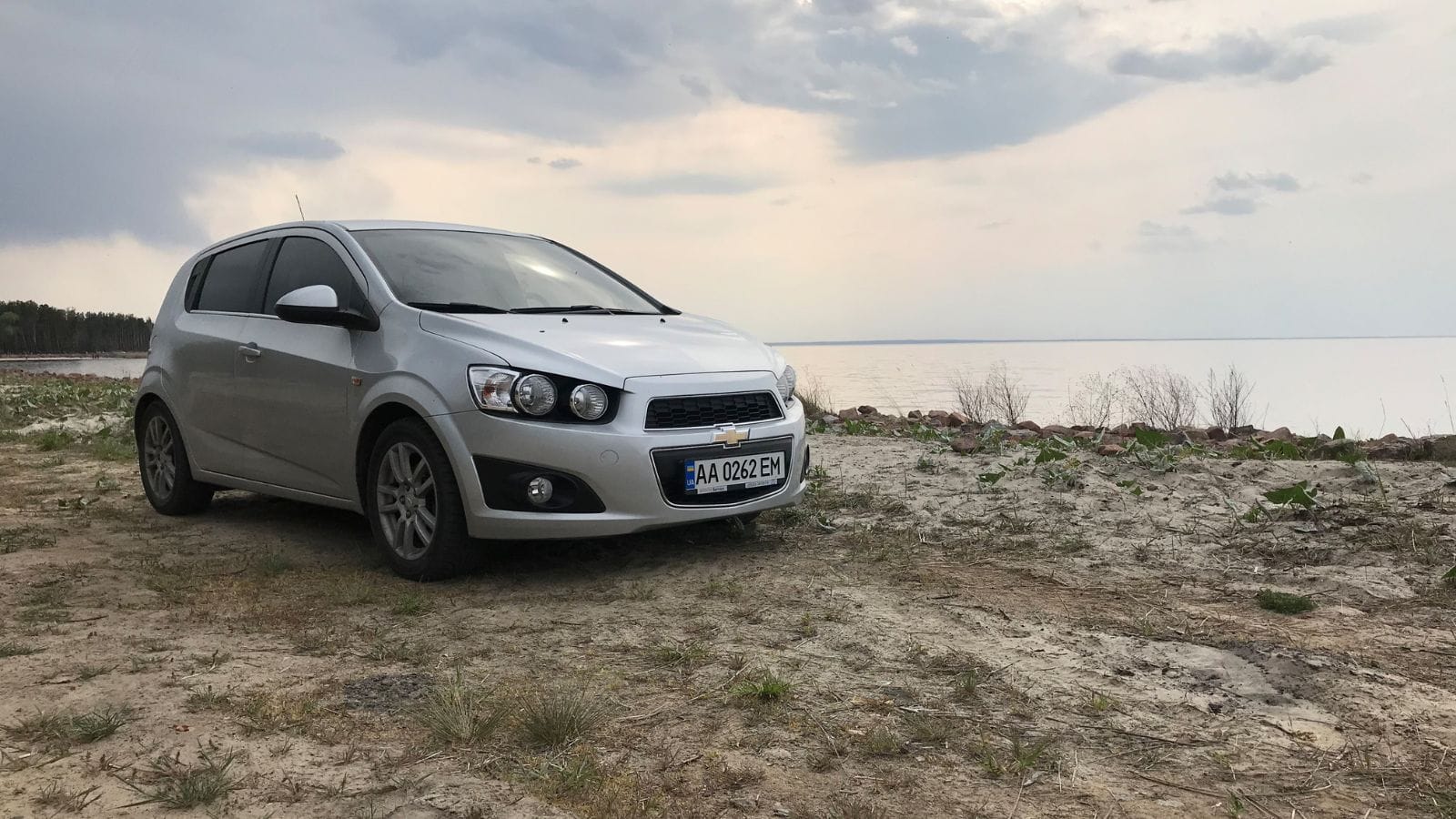
Initially praised for its nimble handling and youthful styling, the Chevrolet Sonic faded from favor due to poor long-term reliability and shifting market preferences. As buyers turned to small crossovers, subcompacts like the Sonic lost appeal. The car’s interior quality and outdated tech make it hard to compete with used versions of the Toyota Yaris or Honda Fit. Discontinued in 2020, Sonic’s low demand on the used market means sellers often struggle to move inventory without deep discounts. Plus, with higher maintenance concerns emerging over time, even budget-conscious buyers are passing it over.
Smart ForTwo
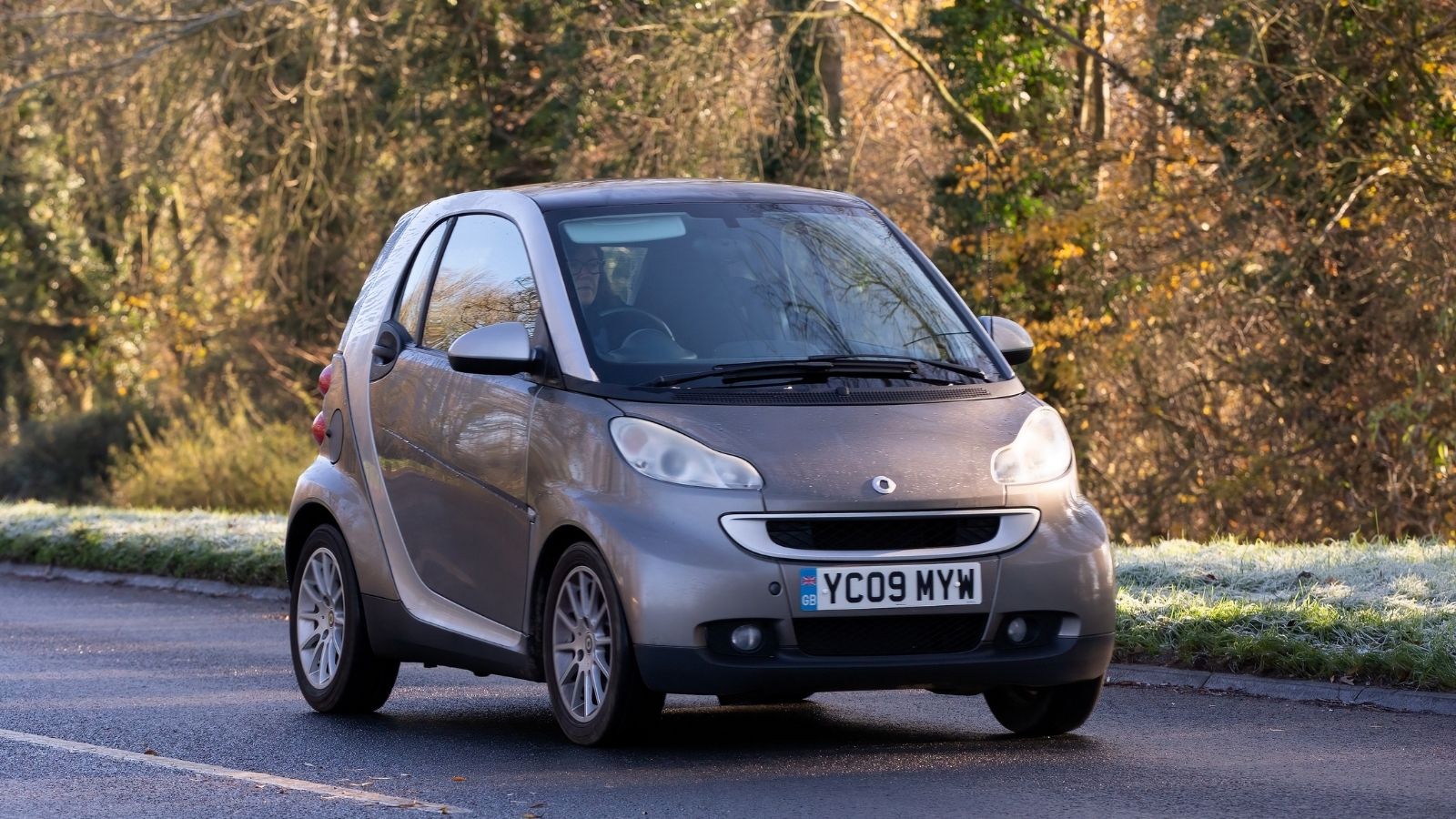
The Smart ForTwo was designed for tight urban spaces but fell short in practicality and overall comfort. Its two-seat layout, limited cargo capacity, and quirky design left it with niche appeal. Electric versions didn’t catch on either due to limited range and charging infrastructure. As ride-sharing and compact EVs improve, few buyers see the ForTwo as worth the compromise. It has depreciated rapidly, and parts availability can also be an issue. Plus, most used car buyers prioritize versatility and comfort, and the ForTwo doesn’t meet those needs. As a result, it’s often overlooked.
Mitsubishi Mirage
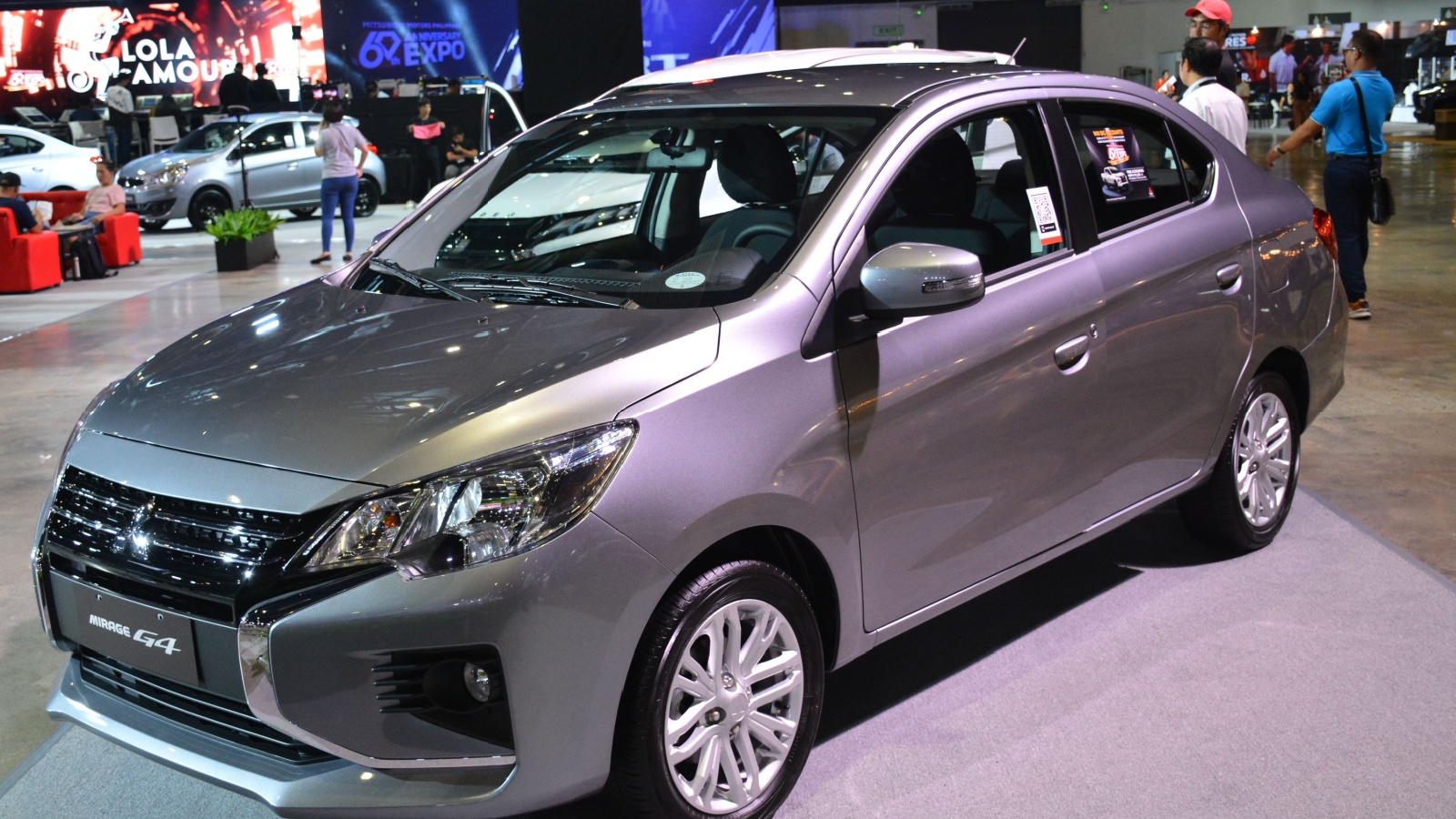
Although it boasts excellent fuel efficiency, the Mitsubishi Mirage is plagued by weak performance, noisy operation, and poor crash test ratings. Buyers looking for an affordable subcompact tend to prefer more refined options like the Kia Rio or Hyundai Accent. Also, the Mirage’s resale value is among the lowest in its class. And, its low upfront price may attract first-time buyers, but many are put off by its lack of power and dated features. Used car dealers struggle to generate interest without significantly dropping prices, and even then, sales remain sluggish.
Nissan Micra
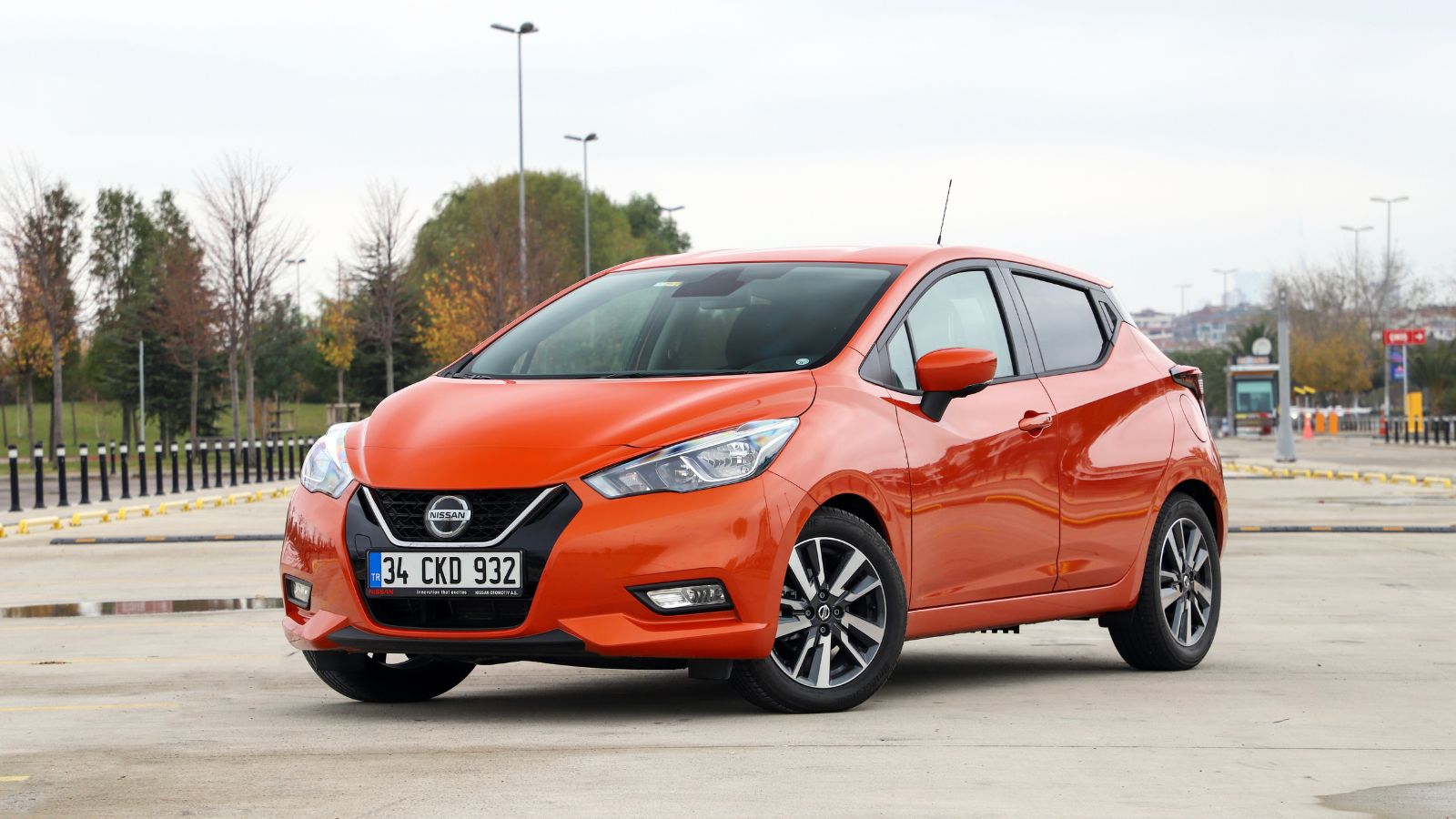
The Nissan Micra gained popularity as one of the cheapest new cars in Canada, but it hasn’t aged well. Its appeal was mainly price-based, and that wears thin in the used market where more refined vehicles are similarly priced. It lacks advanced safety features, and its Spartan interior no longer meets the expectations of even entry-level buyers. Performance is uninspiring, and resale demand is minimal. Private sellers often struggle to find interested buyers, especially when used Hyundai Accents or Toyota Yarises are readily available with better reputations.
Chevrolet Cruze
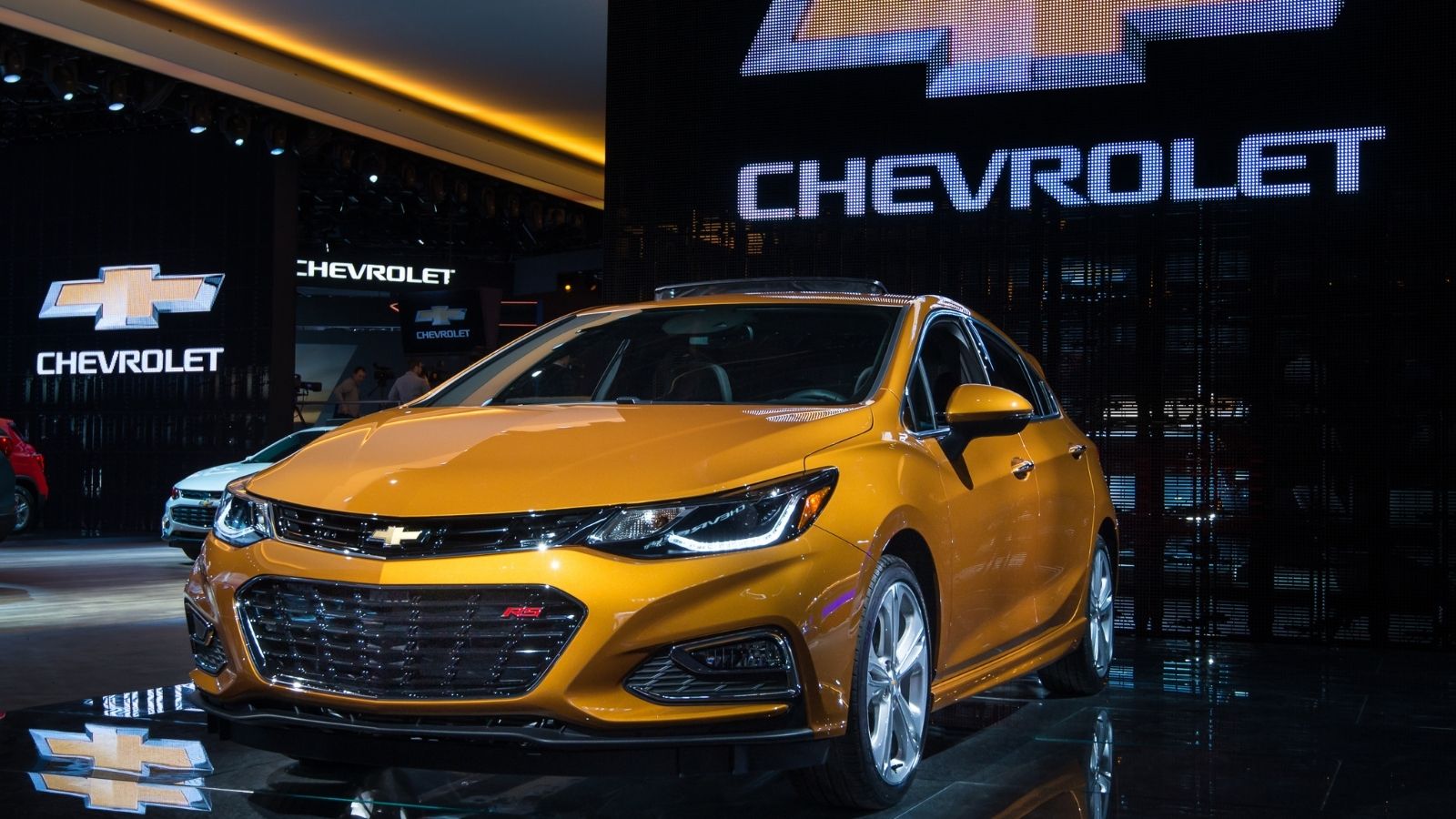
Despite being a sales leader at one point, the Chevrolet Cruze has faced a rapid decline in resale popularity. Recalls, particularly related to the diesel variant, have harmed buyer confidence. The Cruze also suffers from reliability issues that surfaced as it aged. Build quality and infotainment systems are lagging behind those of current competitors. Discontinued in 2019, its resale value has dropped substantially. Dealers often must offer major incentives or bundle them with warranties to attract attention. Plus, the shift toward crossovers has also left compact sedans like the Cruze in the dust.
Ford Fiesta
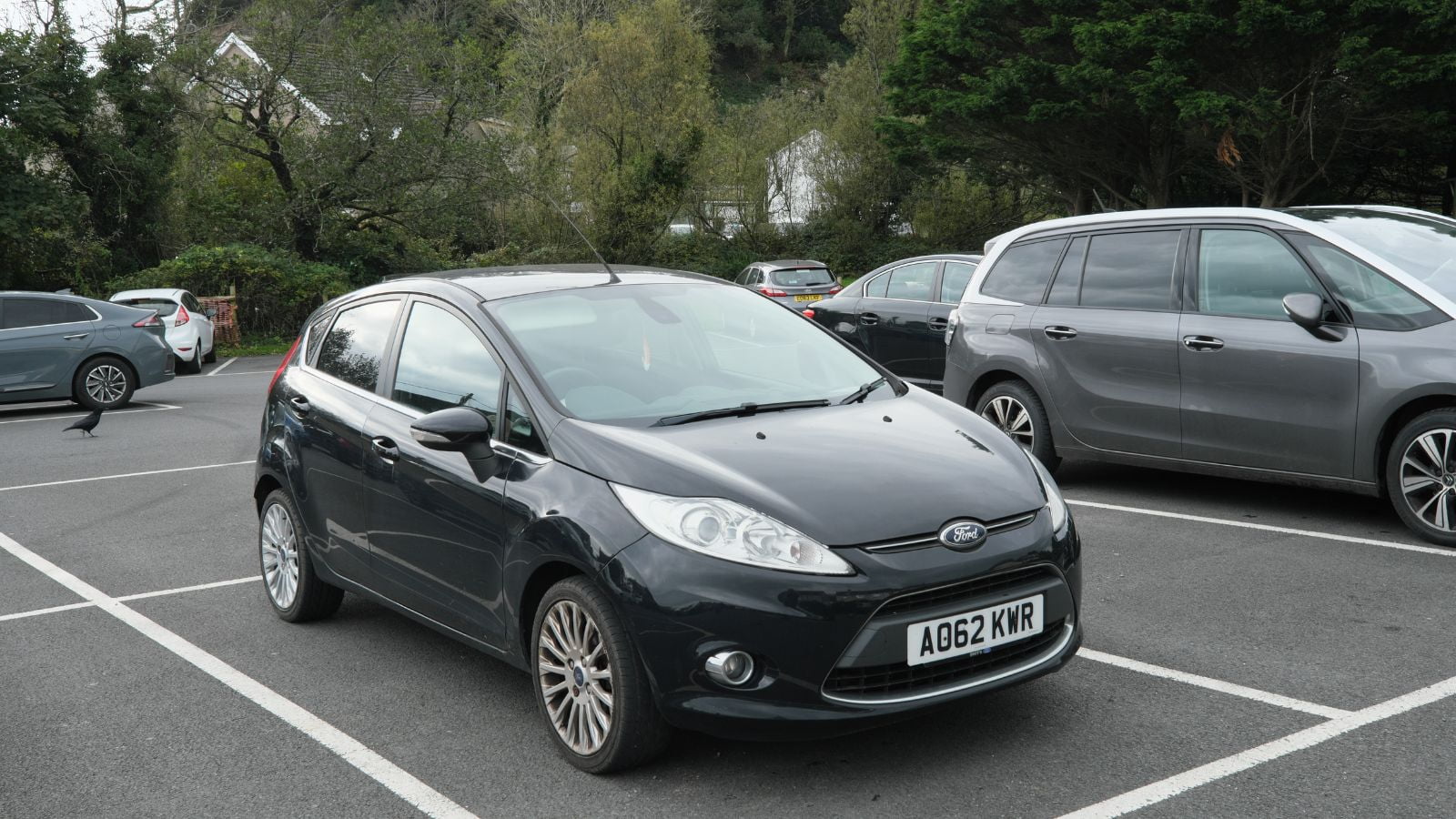
The Ford Fiesta, especially the base models, struggles to attract used car buyers due to transmission issues and cramped interiors. Owners have reported recurring problems with the PowerShift dual-clutch transmission, which led to lawsuits and diminished trust in the brand. Although the Fiesta ST remains popular among enthusiasts, the majority of models on the market are base trims with little to entice modern buyers. Also, poor resale value and rising repair costs make it a tough pitch. For those shopping in the subcompact space, more reliable and comfortable options abound.
Hyundai Veloster (Early Models)
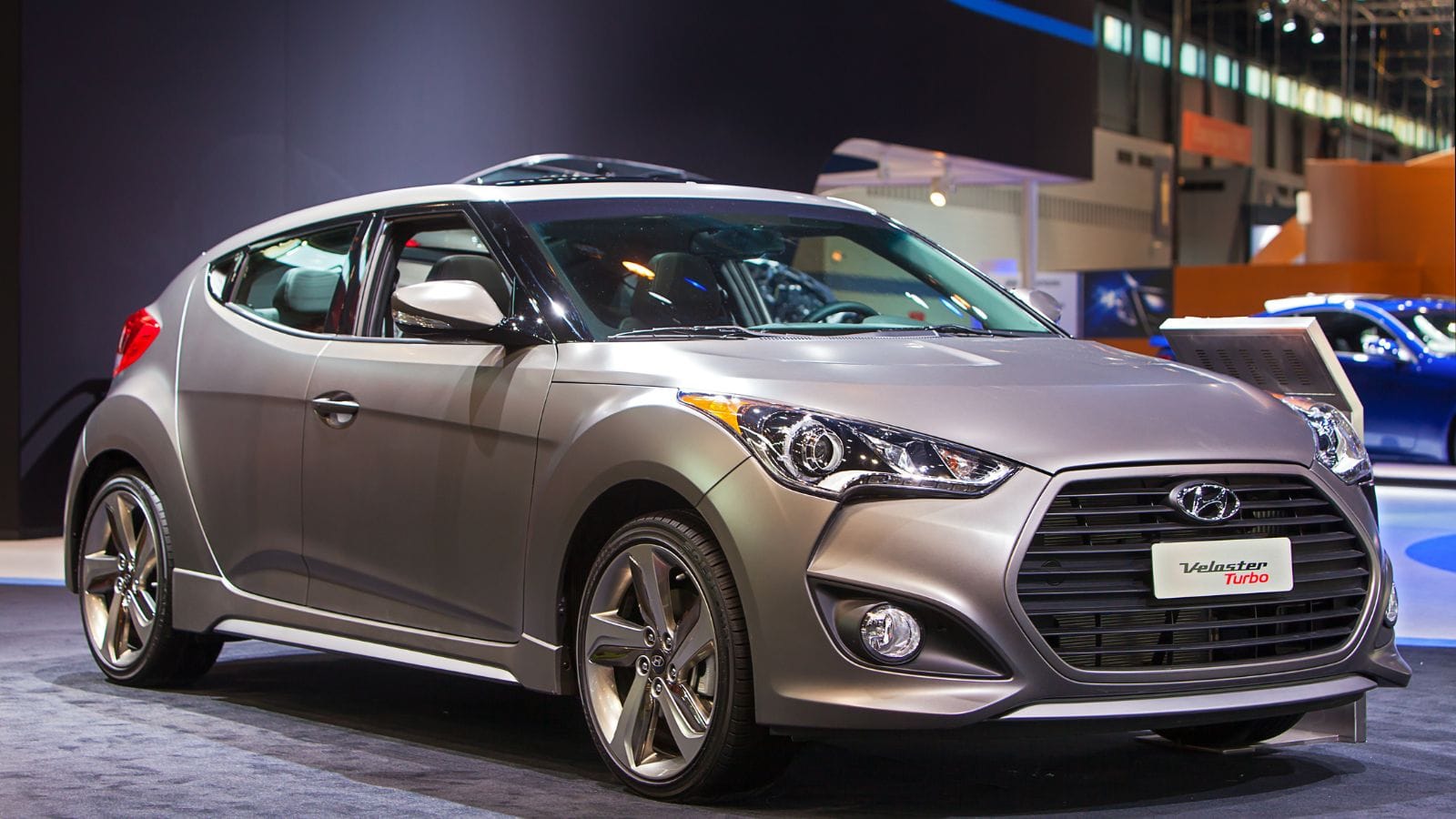
The Hyundai Veloster’s unique three-door layout and sporty appearance drew attention initially, but early models have struggled with depreciation and reliability. Engine problems, particularly in the turbo variants, have been reported. The ride quality can be harsh, and the back seat isn’t practical for daily use. As newer versions have improved significantly, interest in the older ones has waned. Buyers see more value in used hatchbacks like the Honda Civic or Mazda3, which offer better longevity and comfort. Dealers have found it increasingly difficult to find takers for early Veloster models.
Volkswagen Beetle (Final Models)

The nostalgia factor of the Volkswagen Beetle couldn’t offset its high maintenance costs and polarizing design. Despite solid performance and improved tech in the later years, many buyers still associate the Beetle with impracticality and niche appeal. As hatchbacks and compact SUVs gained traction, the Beetle lost relevance. It was discontinued in 2019, and resale values reflect its declining popularity. Repairs can be expensive, and parts availability isn’t always guaranteed. For used car shoppers seeking versatility and modern design, the Beetle often gets a pass.
Scion iQ
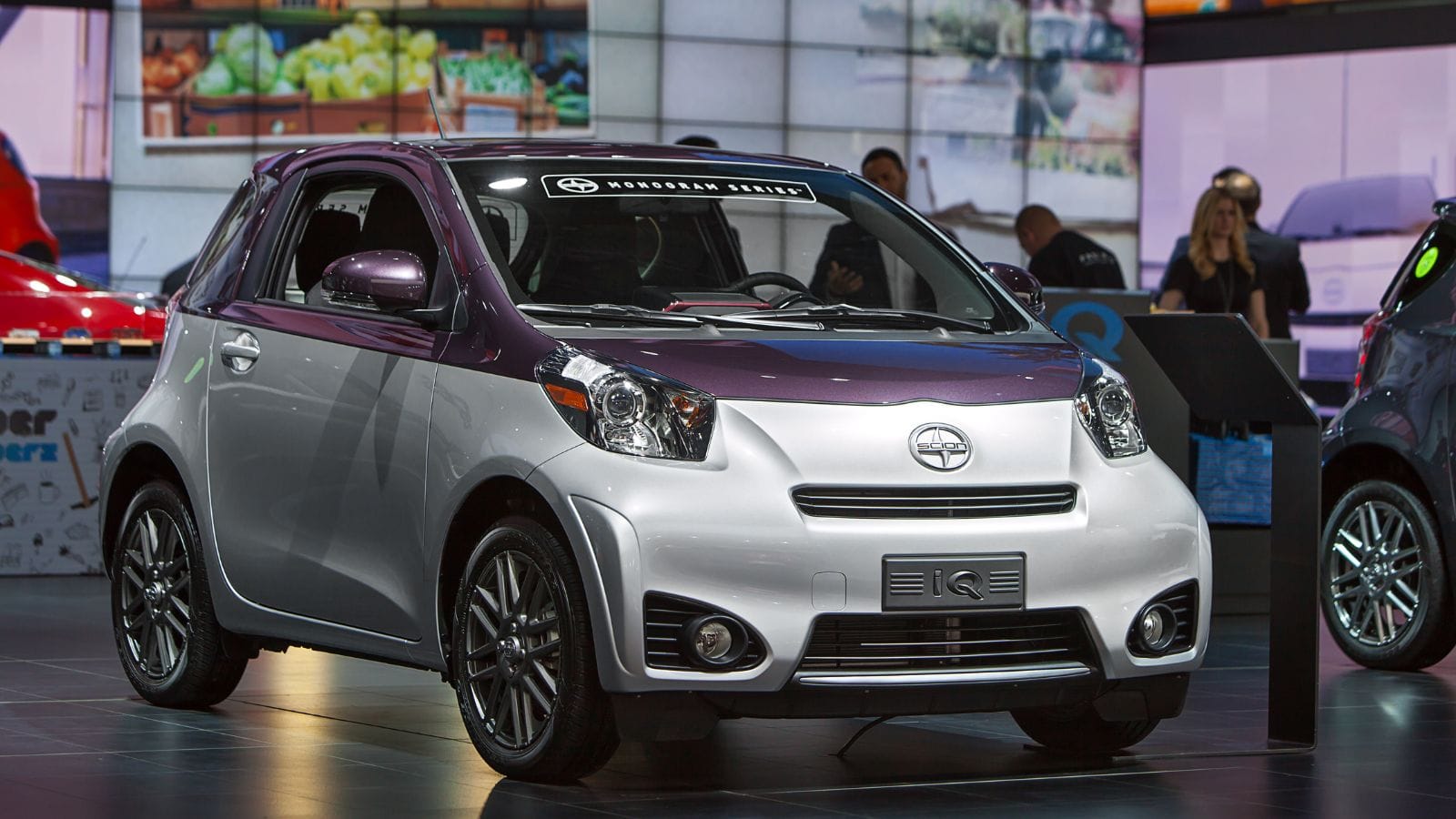
Toyota’s attempt to compete with the Smart ForTwo resulted in the Scion iQ, a vehicle with minimal space, underwhelming performance, and limited market appeal. The iQ was short-lived in North America and didn’t resonate with buyers seeking practicality or driving pleasure. Although backed by Toyota’s reputation, its cramped layout and sluggish acceleration made it more of a curiosity than a contender. With very few on the road, demand is nearly nonexistent. Used car dealers frequently avoid stocking it altogether due to poor turnover rates and low resale values.
Buick Verano
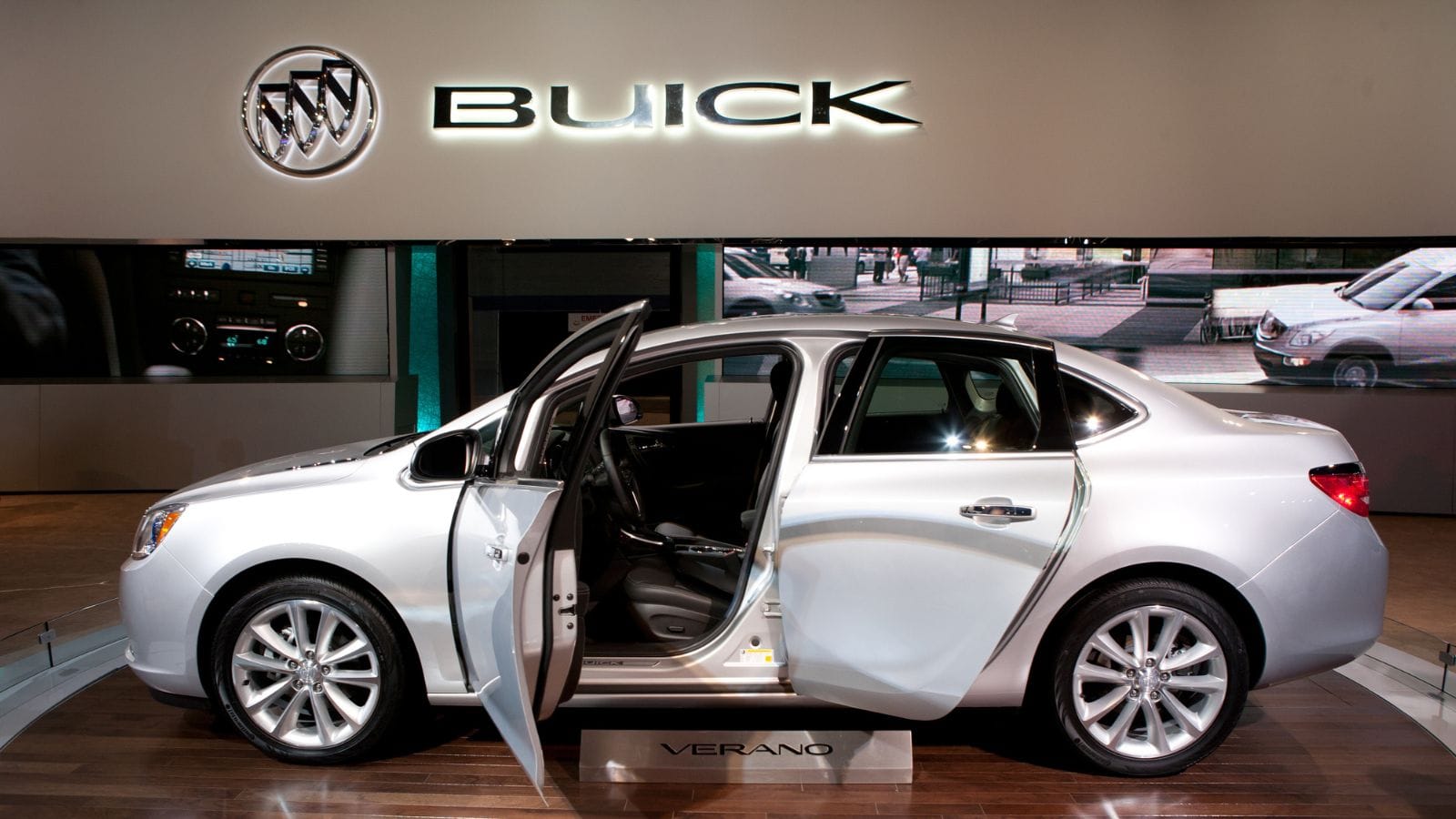
Aimed at bridging the gap between economy and luxury, the Buick Verano never quite established a clear identity. The compact luxury sedan market is crowded, and the Verano struggled to differentiate itself. It lacks the prestige of European brands and the practicality of mainstream options. Although relatively reliable, the Verano’s dated design and limited feature set make it hard to pitch against better-known competitors. Since its discontinuation, demand has dropped further. It often appeals to a narrow demographic, making it difficult for sellers to attract broad interest.
Lincoln MKZ
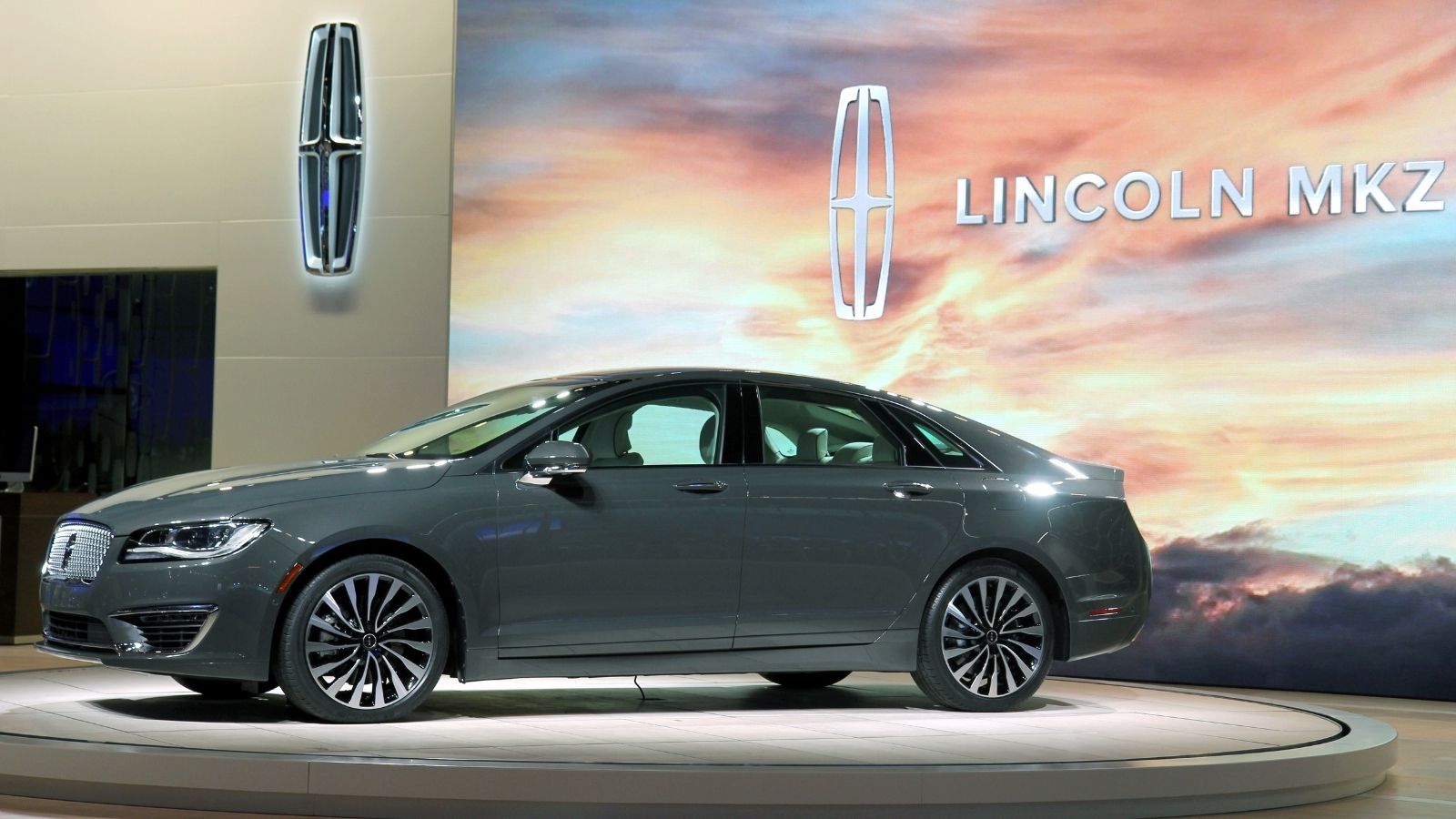
The Lincoln MKZ offered a smooth ride and upscale styling, but its interior failed to match luxury expectations. Many viewed it as a dressed-up Ford Fusion, which hurt its cachet. Depreciation has been severe, and hybrid versions didn’t perform well in resale either. And, although the MKZ was comfortable, it didn’t stand out in a segment where brand prestige matters. Buyers looking for used luxury sedans usually turn to Lexus or Audi, leaving the MKZ overlooked despite its solid reliability. Dealerships often keep these on lots longer than they’d like.
Dodge Avenger
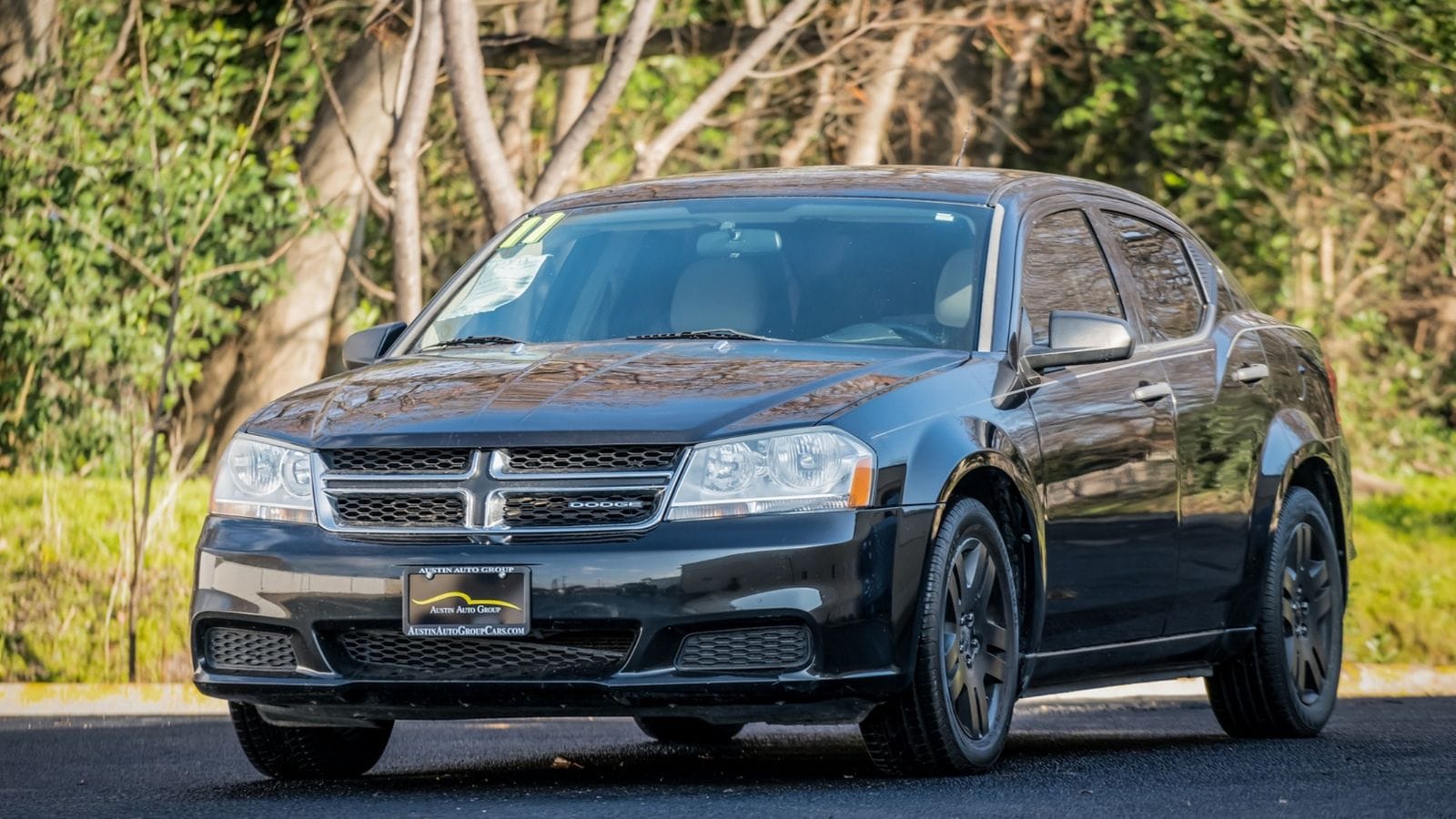
Discontinued in 2014, the Dodge Avenger never built much of a following in the first place. Its lackluster performance, uninspired styling, and poor interior materials did little to win fans. Although the price was initially attractive, it depreciated quickly, and used buyers are less keen. It lacks modern features, and reliability ratings are mediocre at best. Today, even bargain shoppers tend to avoid it in favor of older Camrys or Accords. Sellers often end up holding onto Avengers for extended periods or offloading them at auctions.
Suzuki SX4
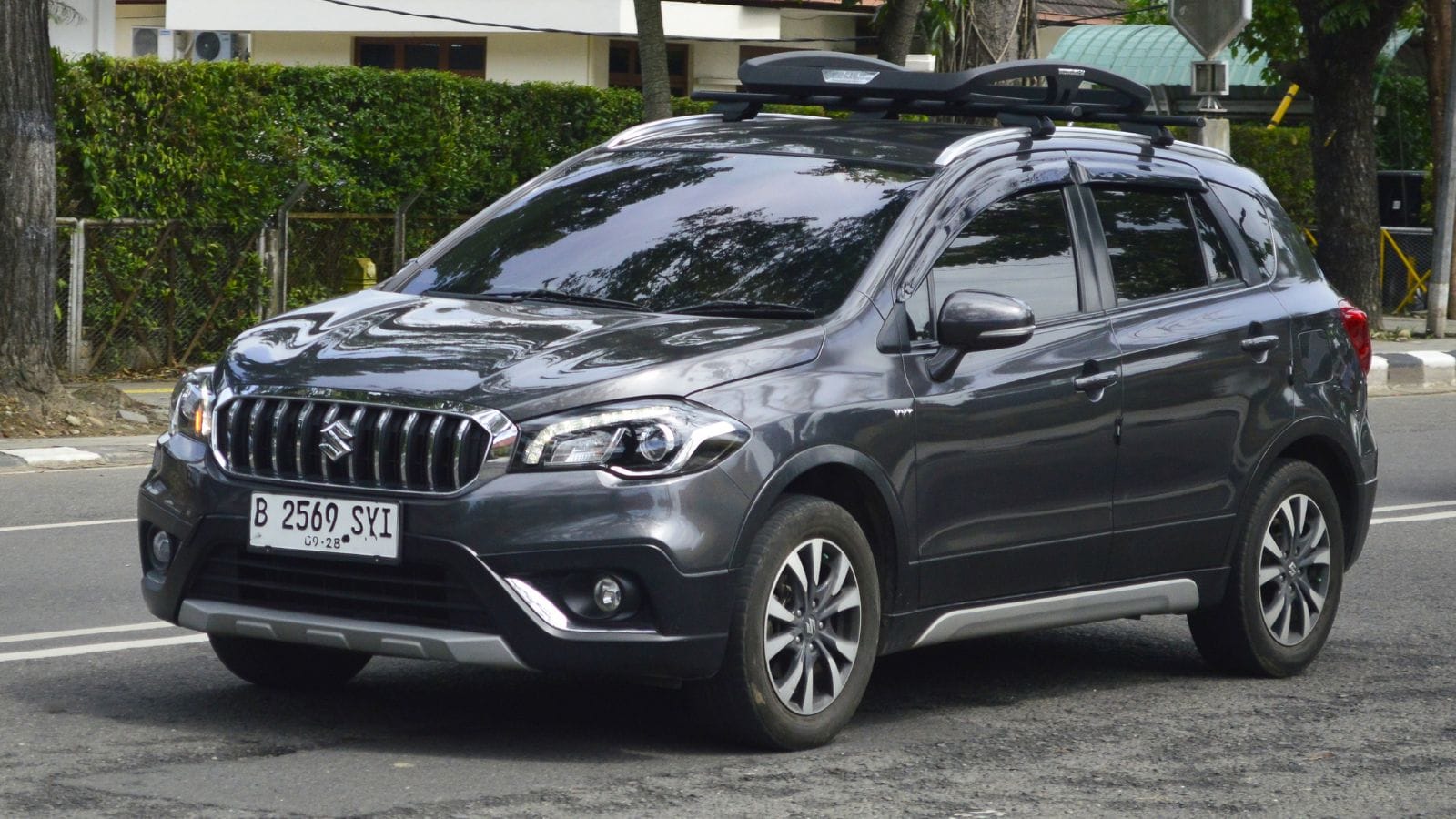
Although the Suzuki SX4 offered all-wheel drive and compact size, its brand’s exit from Canada severely impacted resale potential. Parts and service availability have become increasingly limited, discouraging buyers. The SX4’s quirky design and dated features haven’t aged well, and few mechanics are eager to work on them. Even models in decent condition struggle to gain traction in online listings. Without a dealership network or current brand presence, selling an SX4 has become a real challenge. Most buyers prefer to stick with brands still active in the Canadian market.
Pontiac G6
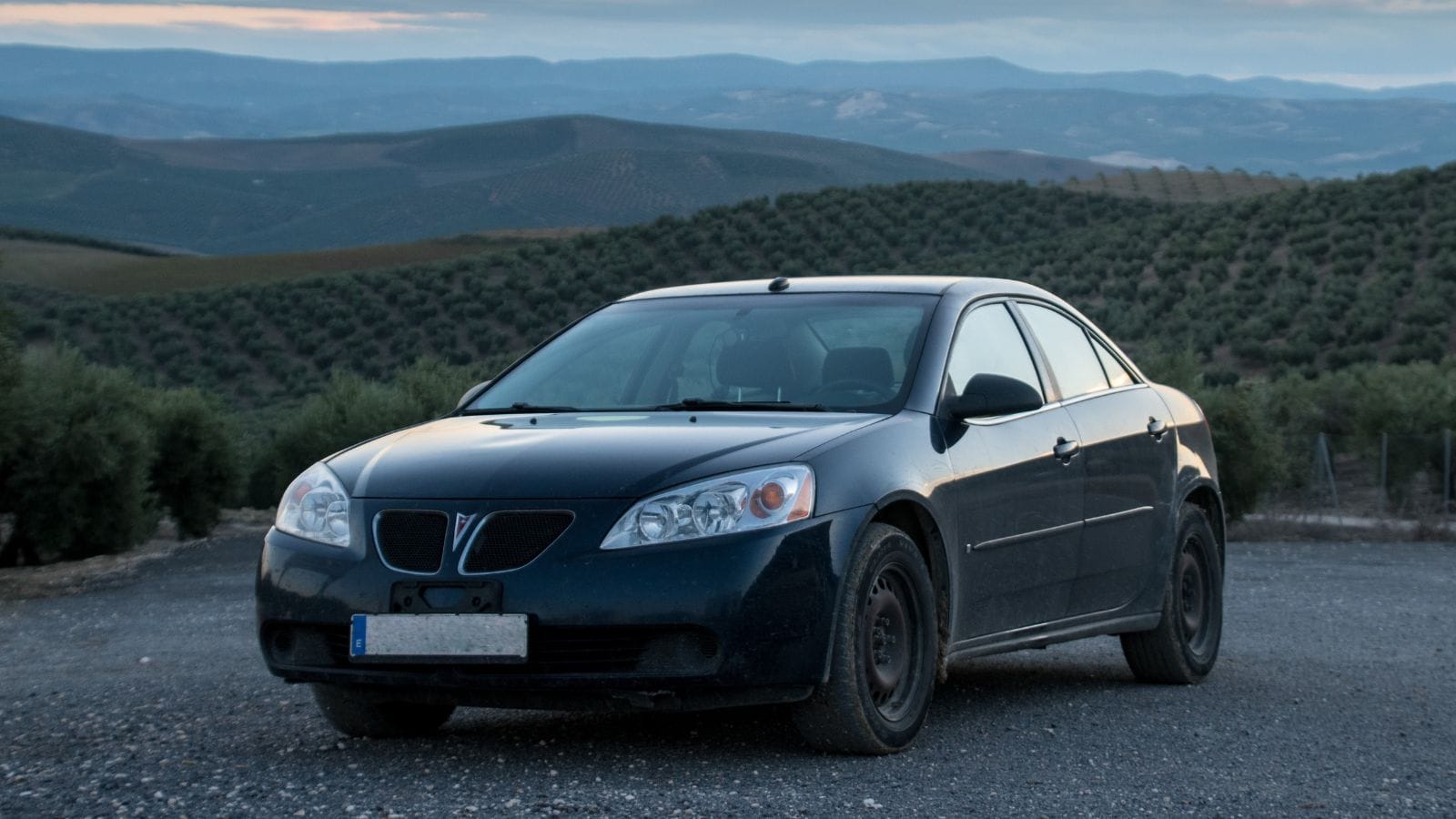
Once a common sight on Canadian roads, the Pontiac G6 became harder to sell after GM axed the brand. Reliability issues, including problems with steering and electrical components, have further diminished its value. While some trims offered decent performance, aging interiors, and a lack of support make the G6 a tricky proposition for used buyers. Even with aggressive pricing, the stigma of owning an orphan brand is hard to overcome. As more reliable options fill the marketplace, the G6 continues to fall down the resale ranks.
Saturn Ion
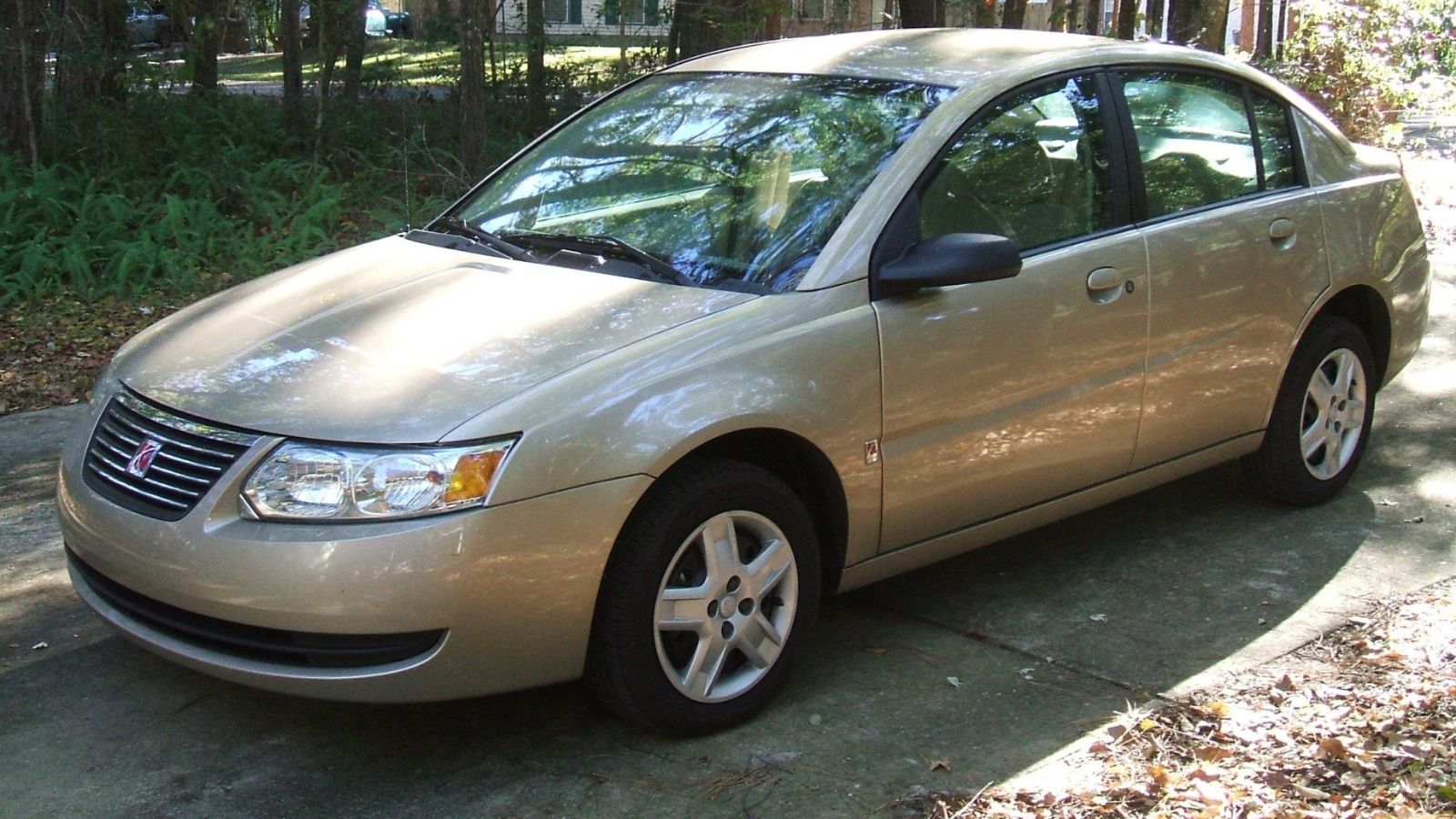
Like the Pontiac G6, the Saturn Ion suffered from its parent company’s restructuring. The Ion’s quirky styling and inconsistent build quality made it polarizing even when new. Owners reported issues with ignition switches, which later led to massive recalls. And, despite decent fuel economy, the Ion lacks the appeal and features of newer economy cars. Parts scarcity and brand discontinuation have sealed its fate in the resale market. Most used car buyers avoid Saturn altogether, preferring more stable and supported alternatives with better reliability records.
Kia Rondo
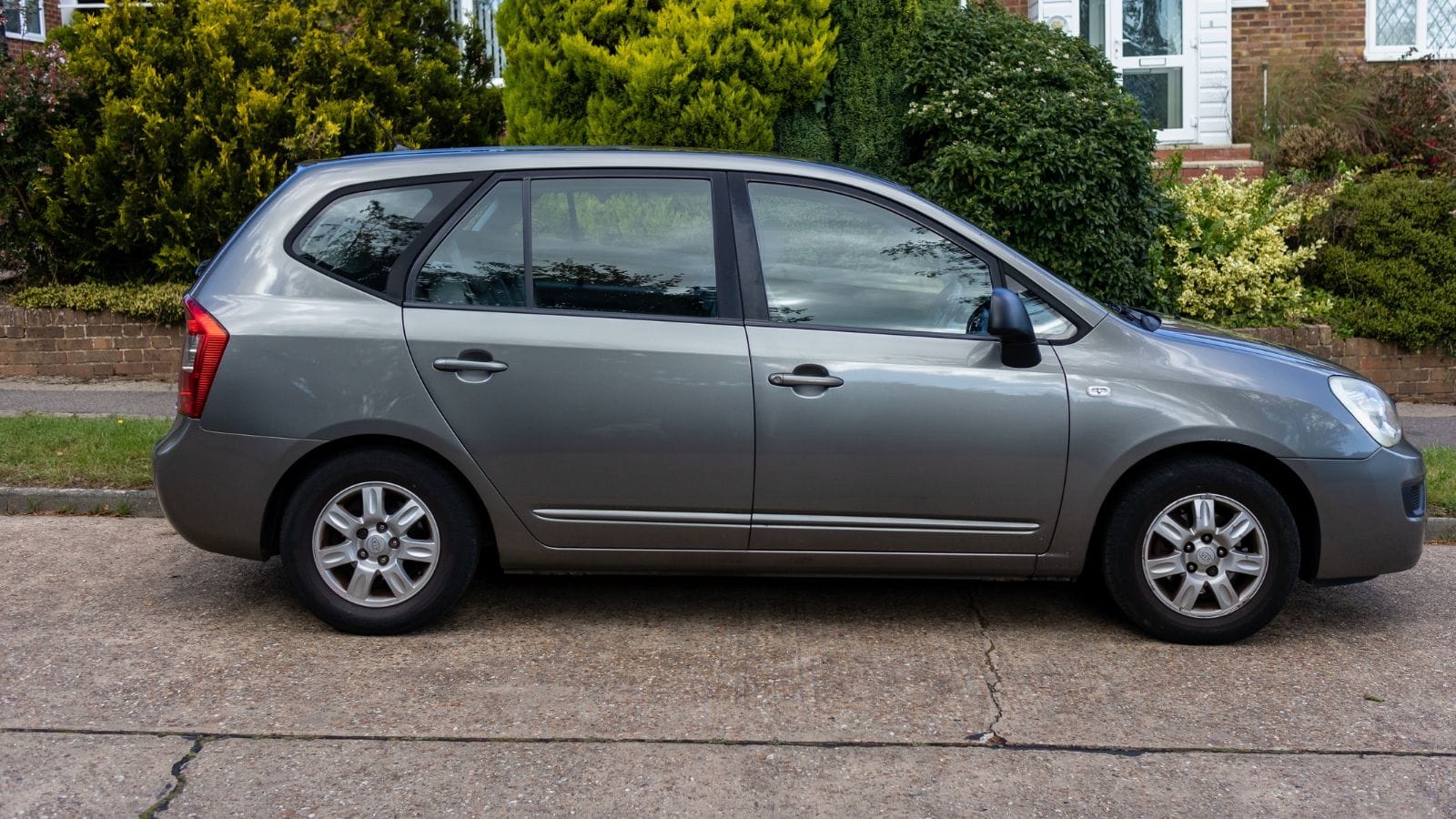
Marketed as a compact MPV, the Kia Rondo never really found a firm customer base. Its wagon-like shape didn’t fit neatly into any category, and it couldn’t match minivans or crossovers in functionality or desirability. Though it offered good interior space and value, the Rondo failed to inspire brand loyalty. Over time, resale values have dropped, and demand remains weak. It also lacks the advanced safety and infotainment systems that buyers now expect. Most shoppers seeking family transport turn to used SUVs or larger sedans instead.
Mazda5
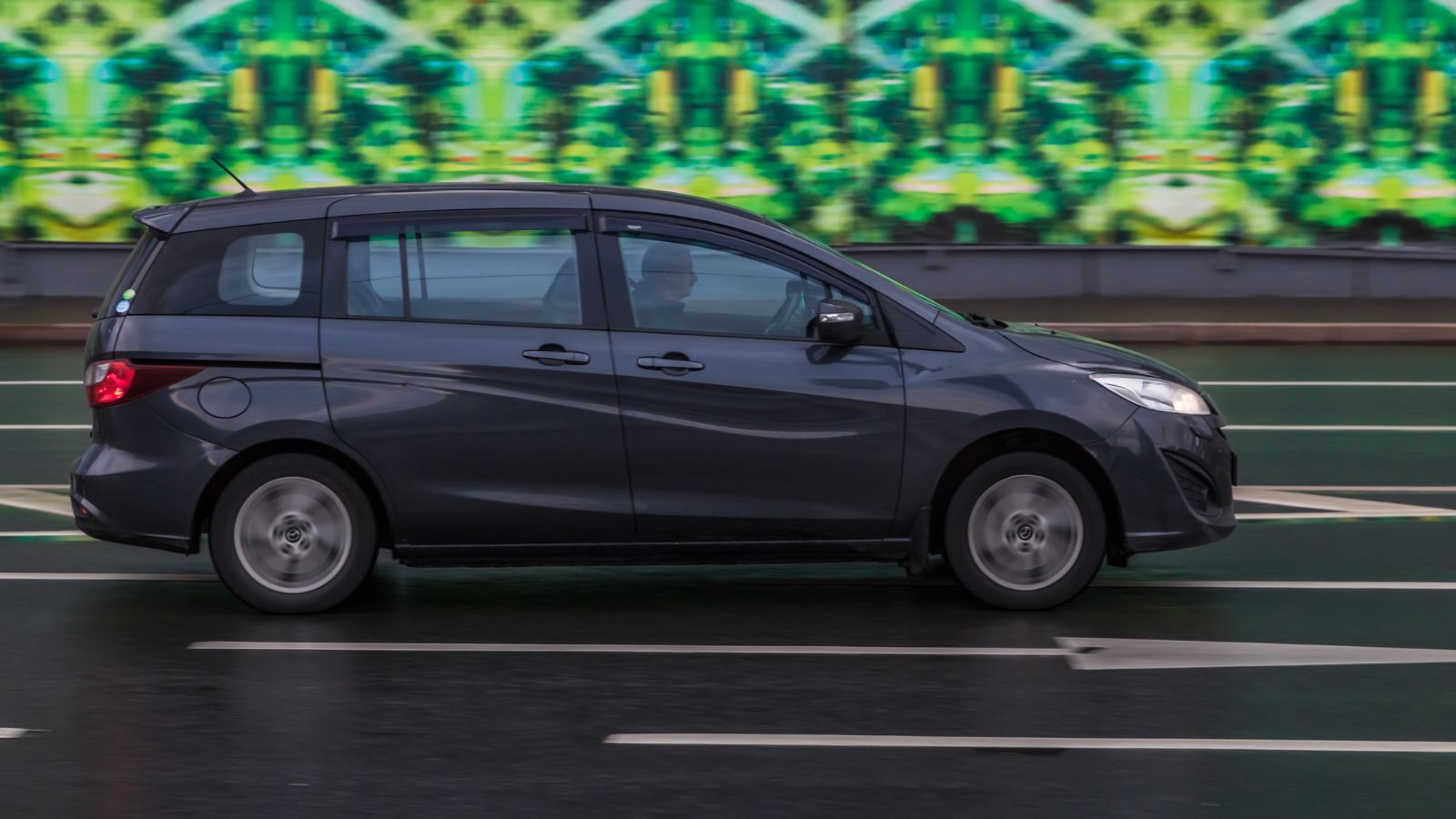
The Mazda5 aimed to be a mini-minivan with sporty handling and sliding doors, but it found itself in an awkward niche. It lacks the space of a full-size van and the efficiency of a compact car. Although praised for its driving dynamics, the Mazda5’s limited seating and dated design hold it back in the resale market. It was discontinued due to slow sales, and used models have become tough to move. Families typically opt for crossovers or larger vans with more modern features and safety tech.
Infiniti QX30
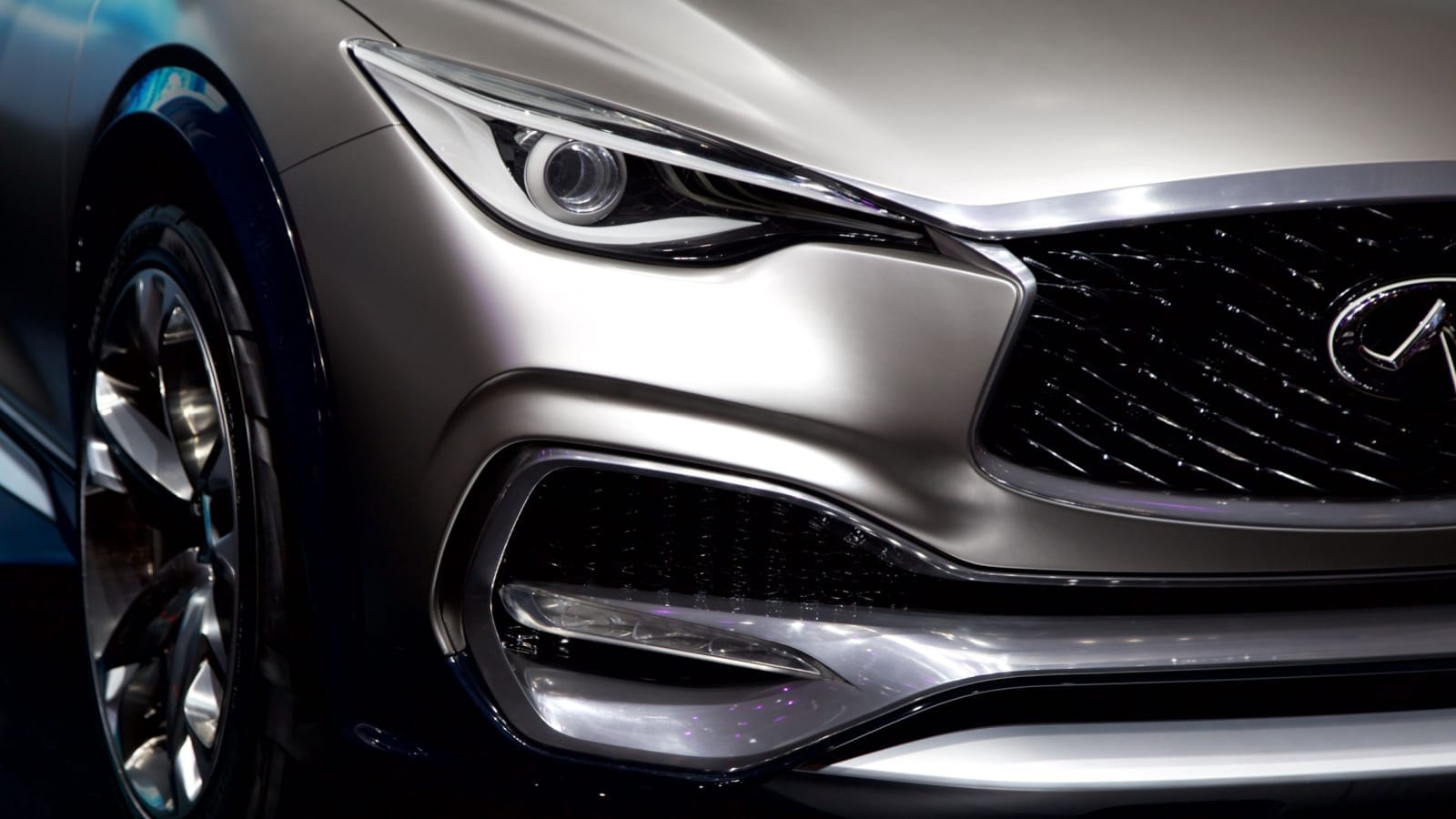
Developed in collaboration with Mercedes-Benz, the Infiniti QX30 never quite delivered on its premium promise. Its cramped interior and confusing blend of luxury and performance made it difficult to position. Reliability hasn’t been stellar, and parts can be expensive. The luxury compact SUV market is highly competitive, and the QX30 couldn’t keep up with the likes of the Audi Q3 or BMW X1. It was discontinued after a short run, which didn’t help resale. Today, buyers are wary of investing in a model with such limited support and uncertain long-term prospects.
Saab 9-3
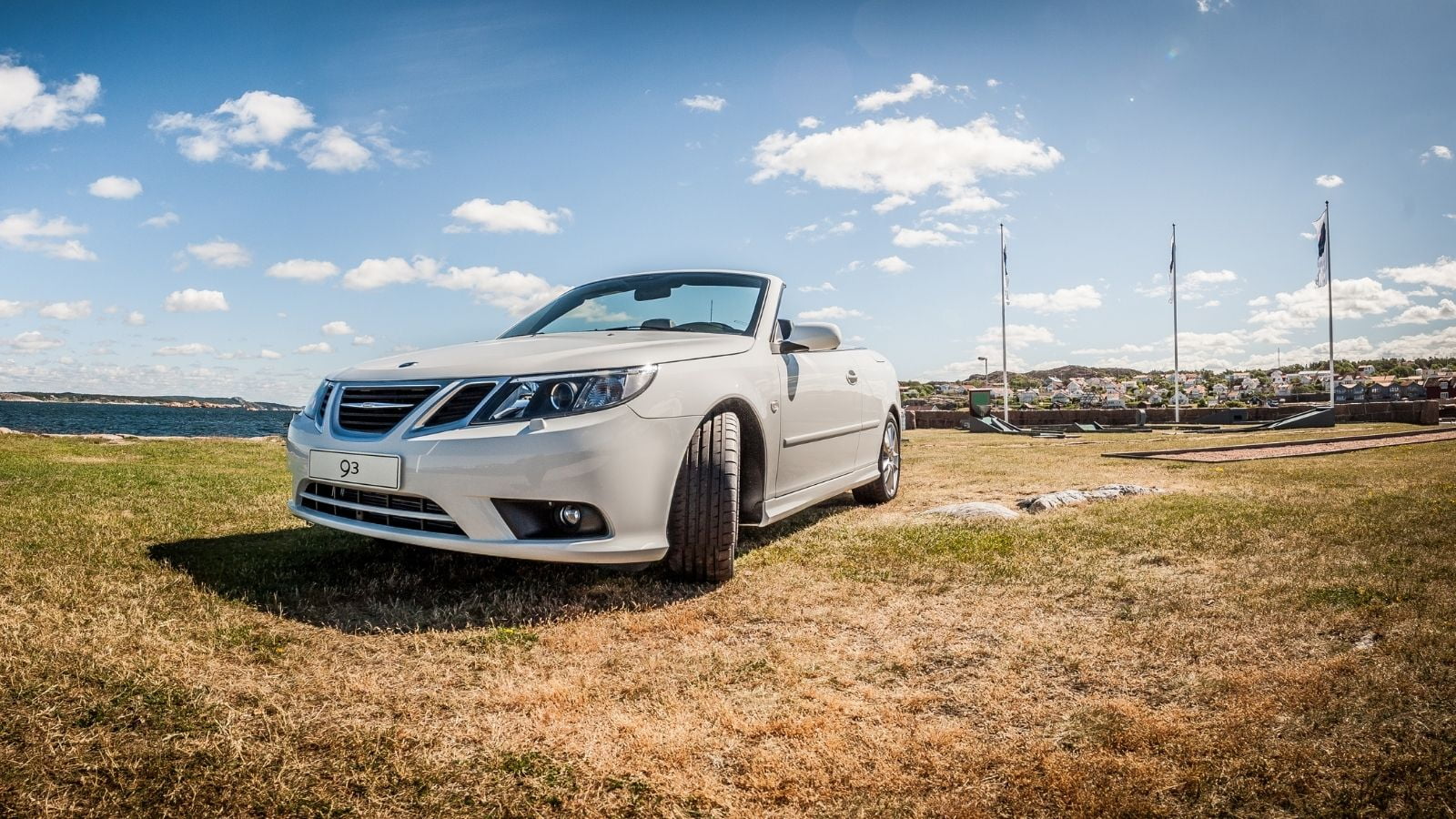
The Saab 9-3 once had a cult following, but its fate was sealed when the company went bankrupt. Today, finding parts or qualified service can be a headache. The car’s unique design and driving experience still attract some enthusiasts, but that’s a small niche. For mainstream buyers, the lack of dealership support and uncertain parts availability make the 9-3 a risky choice. Even well-maintained examples are hard to sell, as most buyers prioritize practicality, support, and long-term value over novelty. Resale demand continues to dwindle.
25 Facts About Car Loans That Most Drivers Don’t Realize

Car loans are one of the most common ways people fund car purchases. Like any other kind of loan, car loans can have certain features that can be regarded as an advantage or a disadvantage to the borrower. Understanding all essential facts about car loans and how they work to ensure that you get the best deal for your financial situation is essential. Here are 25 shocking facts about car loans that most drivers don’t realize:
25 Facts About Car Loans That Most Drivers Don’t Realize
